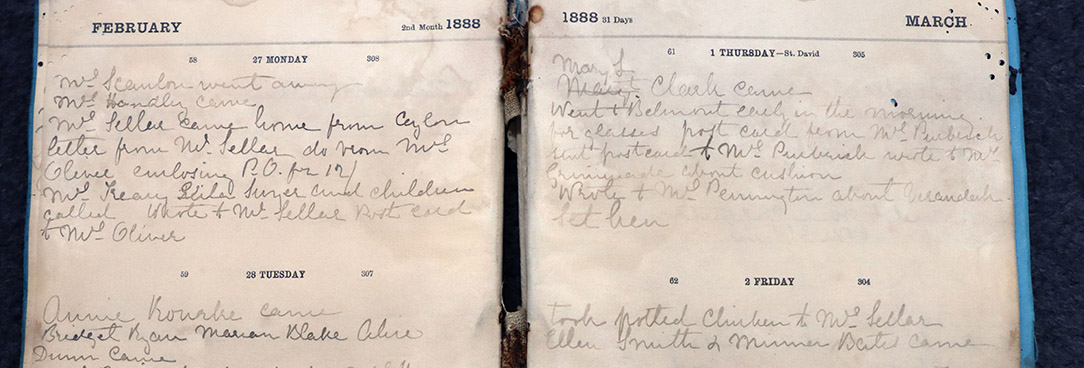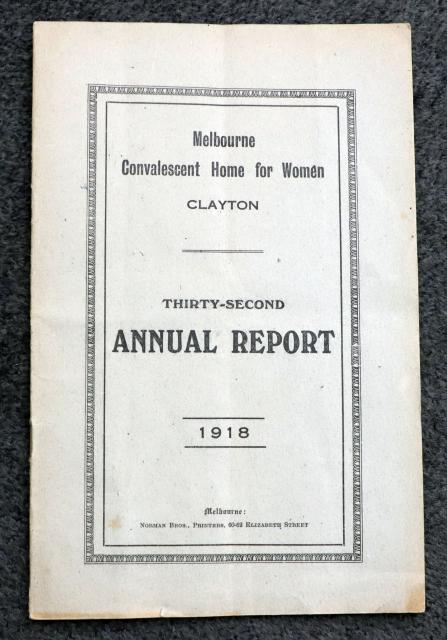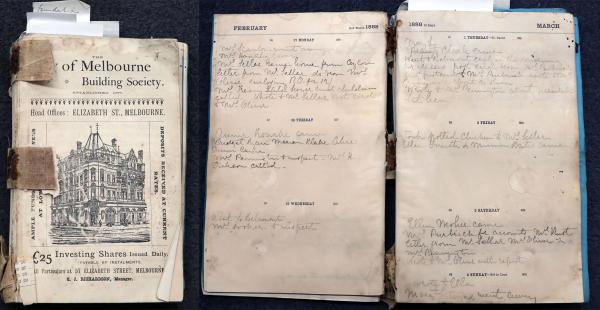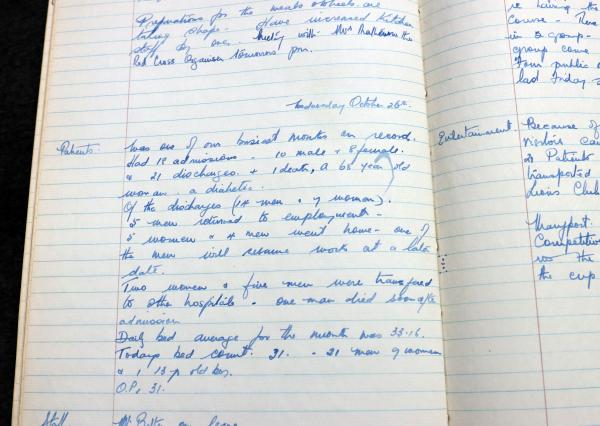
Author: Tara Oldfield
Senior Communications Advisor
A wealth of Monash Health records have recently been added to PROV's collection for researchers to access via our reading room, including records of McCulloch House and the former Dandenong Hospital and Hampton Rehabilitation Hospital.
McCulloch House
McCulloch House opened in 1874 as the Melbourne Convalescent Home for Women in a four-room Kew home owned by Margaret McCulloch. The Argus reported in 1876:
“Of the many benevolent institutions established throughout Victoria for the relief of the sick and distressed poor, there is none that redounds more to the honour of the founder than the convalescent home for necessitous women, established and maintained by Lady McCulloch entirely at her own cost. The establishment is, we believe, the only one of its character in Victoria.”
By 1886, Margaret, wife of Premier Sir James McCulloch, had returned to England and the home was moved to Oakleigh. Another move was in store for the home a few years later, with a larger building built in Clayton.
The 1918 Annual Report states that the home was for “Women who, having been ill, are tardily recovering and require for complete restoration to health only change of air, good food, rest, and kindly treatment.” Ineligible for admittance included anyone under 12 years of age and women recovering from contagious illness - to name a few of the restrictions. 650 patients passed through the doors within that year (502 from public hospitals and 148 referred by private doctors) staying for a maximum of two weeks.
By 1952 the home went from public to private, with the name changed to McCulloch House in 1969 with male patients accepted from 1979. Amalgamations followed and the House now serves as a 16-bed supportive and palliative care unit of Monash Health.
Records transferred to PROV’s collection include Annual Reports from 1887-1978, Matron’s diaries from 1886-1888, patient registers and visitor books. These provide a fascinating look into the workings of the home over an extensive period of time.
View the full list of records now available to order and view in our reading room, via the agency page here: https://prov.vic.gov.au/archive/VA5292/record_series
Dandenong Hospital
Opened as the Dandenong and District Hospital in 1942, the hospital initially contained 34 beds with further beds and extensions added throughout the 1950s. By 1977 it had grown to 334 beds with a rehabilitation facility also added. In 1991 the name changed to Dandenong Hospital. Today, it is a major teaching, research and specialist hospital as part of Monash Health.
Records now available to view in our reading room include Committee Minute Books beginning prior to the Hospital’s opening, Annual Reports, and other publications and newsletters.
View the full list of Dandenong Hospital records here: https://prov.vic.gov.au/archive/VA1246/record_series
Hampton Rehabilitation Hospital
Head of Physiotherapy of Royal Melbourne, Leigh Wedlick founded Hampton Hospital in 1959 to provide rehabilitation services to bridge the gap between medical and surgical treatments provided by other hospitals. It was registered as a public hospital in 1969, changing its name to Hampton Rehabilitation Hospital in 1983. It is now a part of Monash Health.
Records now available to view in our reading room include General Correspondence files, Board of Management Minutes, Newspaper Cutting Book, Annual Reports and Matron’s Report Book, among others.
View the full list of Hampton Hospital records here: https://prov.vic.gov.au/archive/VA1237/record_series
Material in the Public Record Office Victoria archival collection contains words and descriptions that reflect attitudes and government policies at different times which may be insensitive and upsetting
Aboriginal and Torres Strait Islander Peoples should be aware the collection and website may contain images, voices and names of deceased persons.
PROV provides advice to researchers wishing to access, publish or re-use records about Aboriginal Peoples



